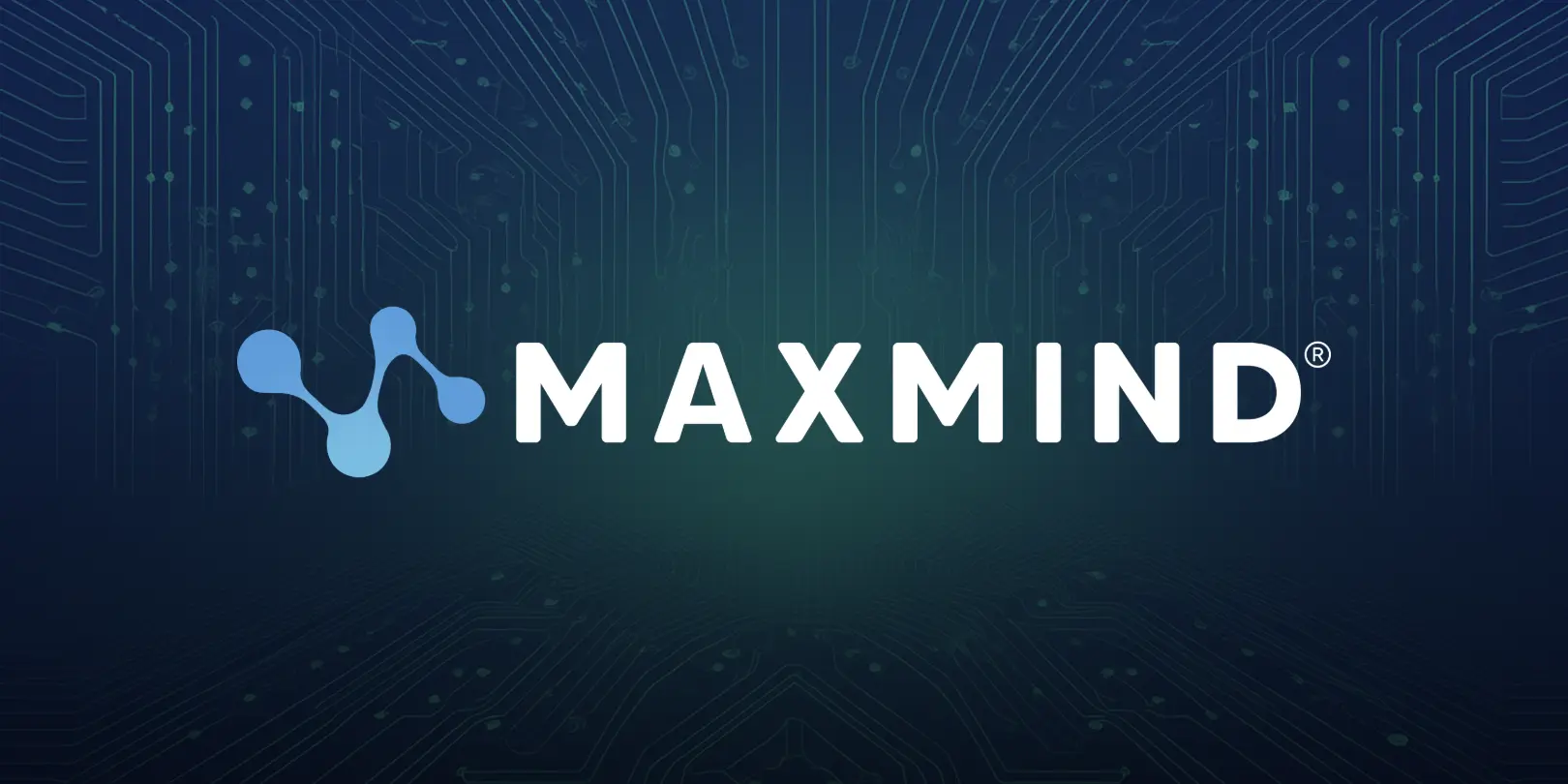The global e-commerce market size grew to a record $2.2 trillion in 2017, and there are no signs of a slowdown in 2018, as more and more people turn to the virtual marketplace for their shopping needs.
But this tremendous exponential growth also has a dark side. As digital channels are opening, and international brands are diversifying their offerings, fraudsters are seeking new, or rediscovering old, ways to capitalize on global opportunities.
Omnichannel Fraud
Research has found that consumers are increasingly demanding omnichannel shopping options and faster order fulfillment. This is creating a number of challenges for businesses’ internal fraud detection strategies. According to a recent report, more than 90 percent of businesses support omnichannel commerce, but only about 46 percent have sufficient fraud management solutions on all those channels. In fact, card-not-present fraud is expected to outpace e-commerce growth, leaving many businesses to quickly scale their anti-fraud capabilities in order to keep up.
Modern fraud modeling is challenged with rapidly identifying a consumer and determining if his or her transaction is legitimate, with as little friction as possible. The smallest omission or miscalculation may leave businesses open to attack. For example, Buy Online Pickup in Store (BOPIS), sometimes called “click and collect,” has become a popular service for omnichannel retailers. Fraudsters love it too. Using a stolen credit card online and a mobile device, perhaps employing a burner phone, a fraudster could conceivably order an item from anywhere in the world and a middleman or parcel mule makes the pickup without any questions asked. This results in lost product costs and chargeback fines to the merchant.
What to do: A holistic approach to fraud detection allows merchants to pull from many different data sets, rather than focusing on one fraud type at a time. In this way, businesses may quickly adjust and rebalance their fraud detection to scale alongside their current and future omnichannel applications. MaxMind’s minFraud Insights and minFraud Factors services provide customers with many granular data points, along with Custom Rules and Custom Inputs creation, to help refine their fraud management strategies. We also provide device identification and a free Device Tracking Add-on, which tracks devices as they move across websites and IP addresses. Additionally, we provide post-query alerts, which will alert merchants to suspicious transactions that may escape their initial risk detection, and a chargeback reporting feature, to help our algorithms identify more fraud.
Mobile Wallets Fraud
According to a 2017 report by Allied Market Research, the global mobile payments market is estimated to reach nearly $3.4 billion by 2022, with a compound annual growth rate of 33.4 percent from 2016 to 2022. Mobile wallets, which store users’ credit card information in an app, are becoming a key contributor to that phenomenal growth. In fact, China is considered to be both one of the fastest growing e-commerce markets in the world and one of the primary drivers of mobile wallet usage. But Chinese consumers also suffer from increased rates of mobile payments fraud.
When mobile wallets first emerged in the US, people became concerned by China’s high fraud rates, leading to slower adoption of that payment method stateside. To try to stem those concerns, the US and other countries began advocating additional security measures, like two-factor authentication for mobile payment applications. But dedicated fraudsters have little problem bypassing weaker implementations, using tried-and-true methods including phishing, malware, Wi-Fi snooping, credential stuffing, and tons of other ways to beat the system. In short, any online payment method, no matter the type, will always be subject to the risks inherent in any e-commerce transaction.
What to do: Fortunately, machine learning algorithms get smarter as they process more data. Our minFraud services use transactional data from over 2 billion historical transactions as the basis for our risk assessment. Each minFraud service (minFraud Score, minFraud Insights, and minFraud Factors) includes, at minimum, an IP risk score and a proprietary riskScore to help fraud analysts make informed decisions. For more granular data, minFraud Insights and minFraud Factors provide a Confidence Score, phone checks, email checks, IP address checks, anonymizer-type outputs, and many other data points that support informed risk modeling applications.
We hope you find this information useful to your e-commerce strategies. With a little diligence and the right tools, you can reduce fraud of any type. If you need assistance with your e-commerce approach to fraud prevention, please get in touch with us.

